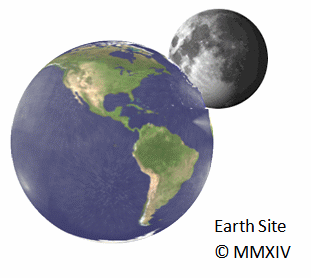









In the latter half of the 17th century an English chemist, by the name of John Newlands, had discovered a pattern when arranging the elements by their atomic mass. He discovered that from any given element, the eighth consecutive element that followed had very similar properties to the first.
Previously other chemists had noticed patterns when placing the elements in order of their atomic mass but the pattern of eight was key and the bases of our modern day Periodic Table of Elements.
John Newlands published the Law of Octaves, in 1865 which states that “any given element will exhibit analogues behavior to the eighth element following it in the table”. His table had the elements listed in order of atomic mass and in rows of seven, placing the similar elements adjacent to each other. Unfortunately for John Newlands, by that time in history many of the elements had not yet been discovered and he had not allowed space for them in his table. This made his table correct for only the first 16 elements and when the Law of Octaves was reviewed by the Chemical Society in 1866 it was largely ignored.
Just three years later a Russian factory owner and chemist, Dmitri Mendeleev published his own version of the logical order for the elements. He placed the elements in the same way that John Newlands had before him and saw the same pattern. Although when Dmitri created his table a few more elements had been discovered, Dmitri also had the foresight to leave space for possible new discoveries. From his table he could predict the amount and even the properties of the new elements that would be discovered. Dmitri Mendeleev’s Periodic Table of Elements was a success and the bases for our version today. The modern periodic table differs in that the elements are now placed in order of atomic number rather than atomic mass. This is mainly the same order however some elements do not fit the pattern and their atomic mass is marked in red on the table.








































































































